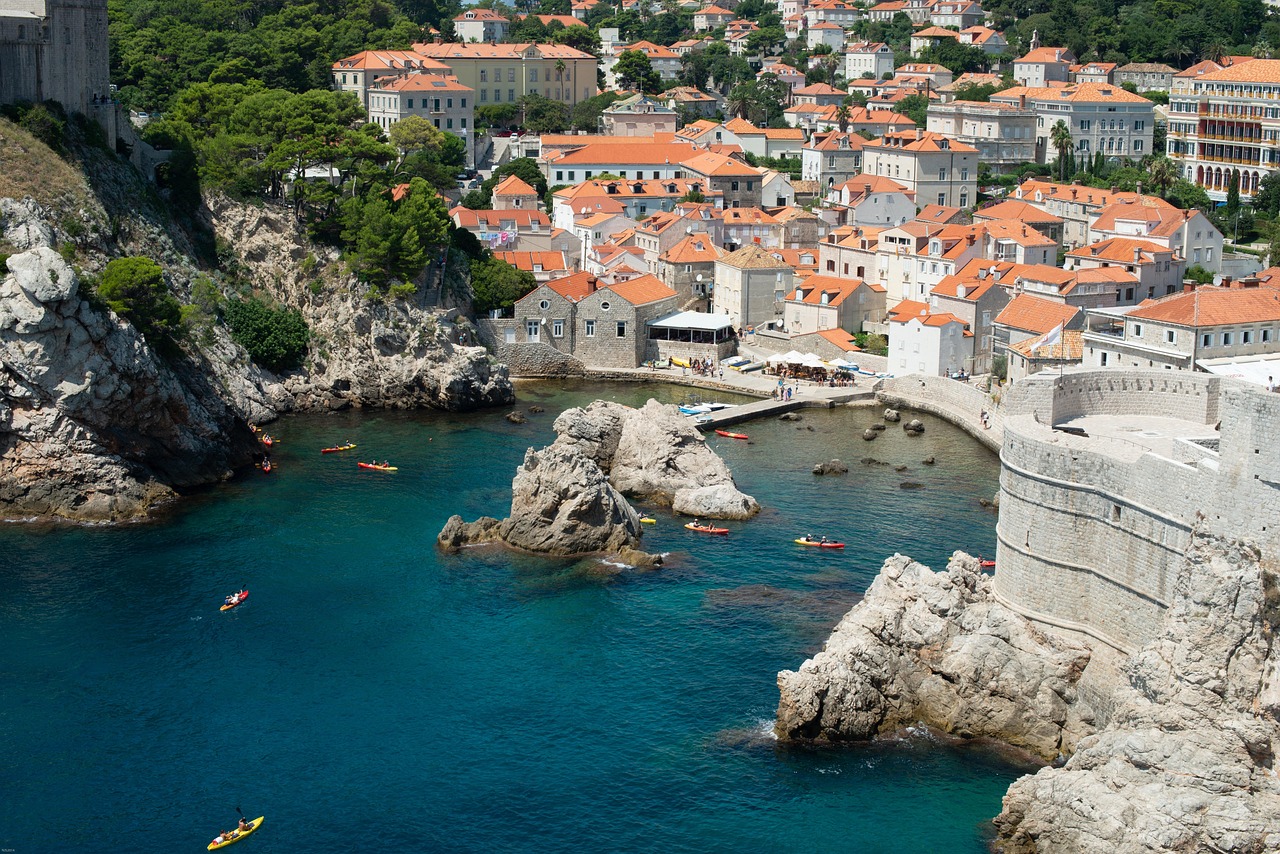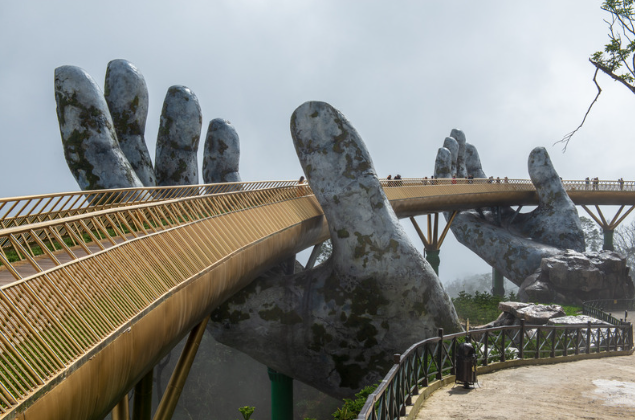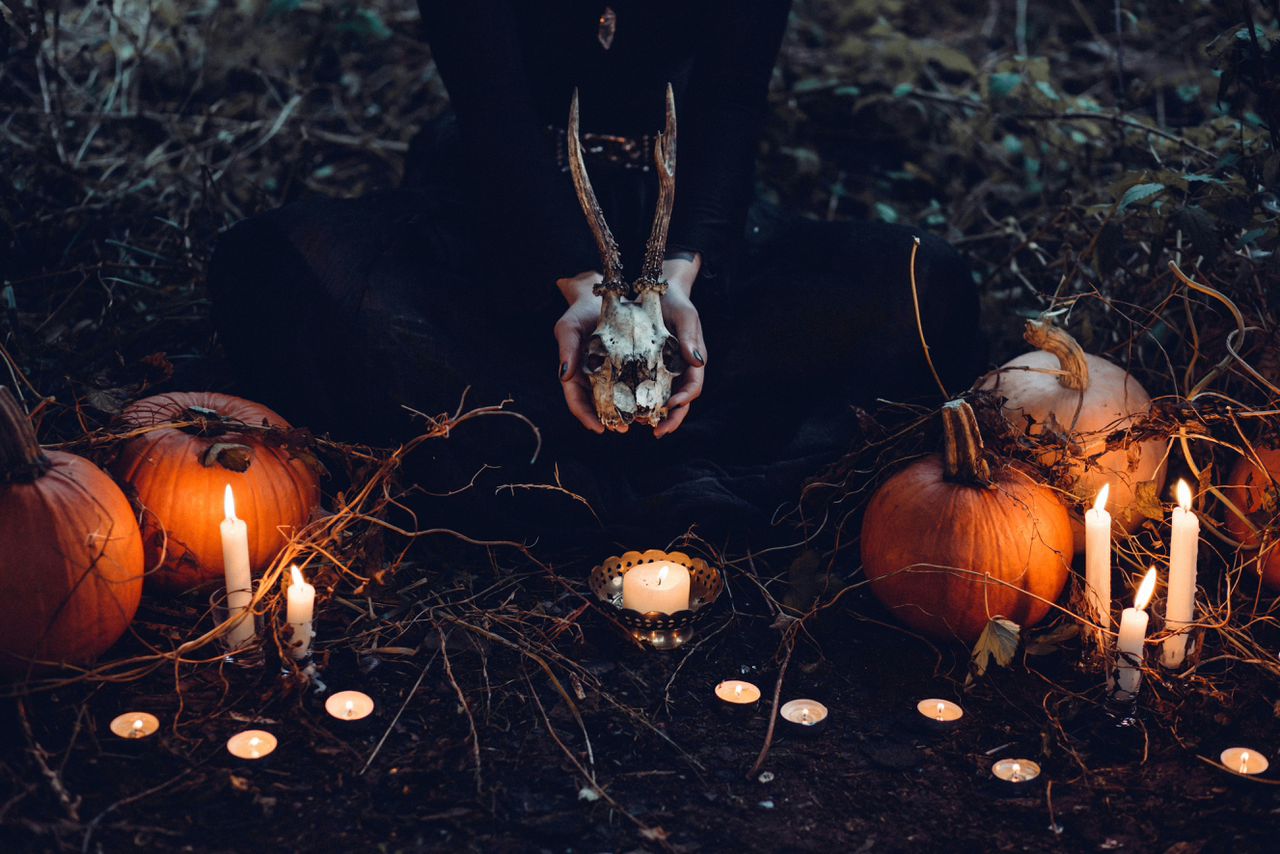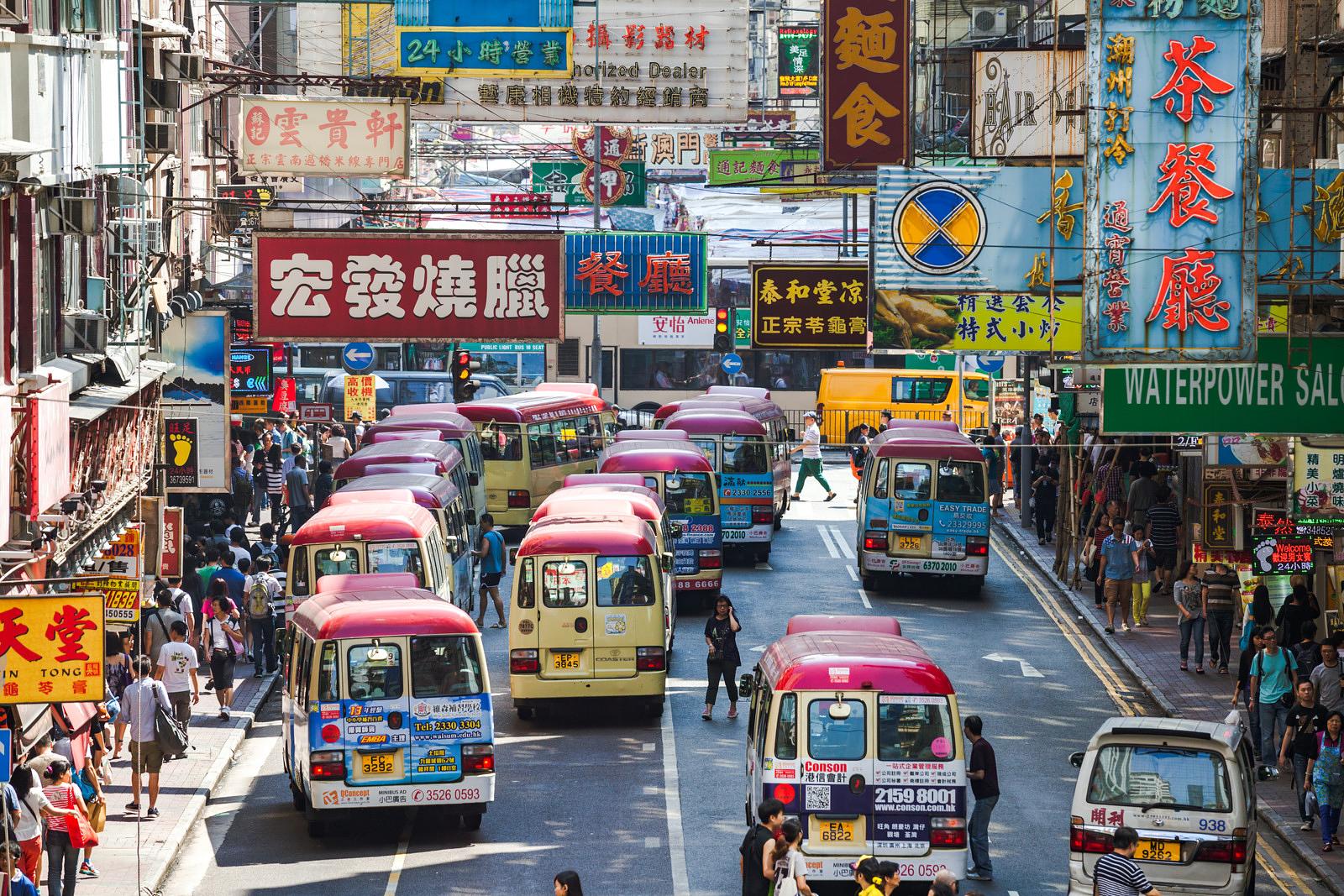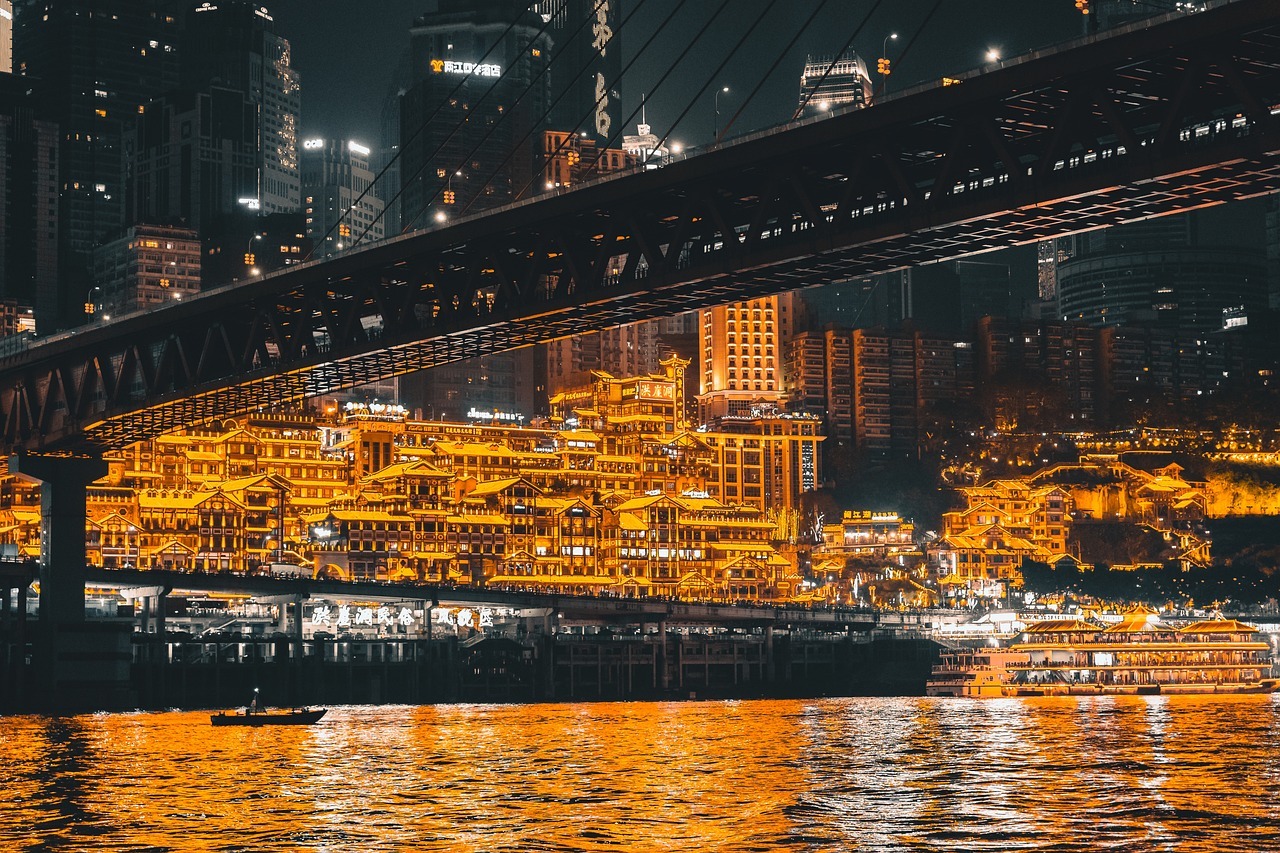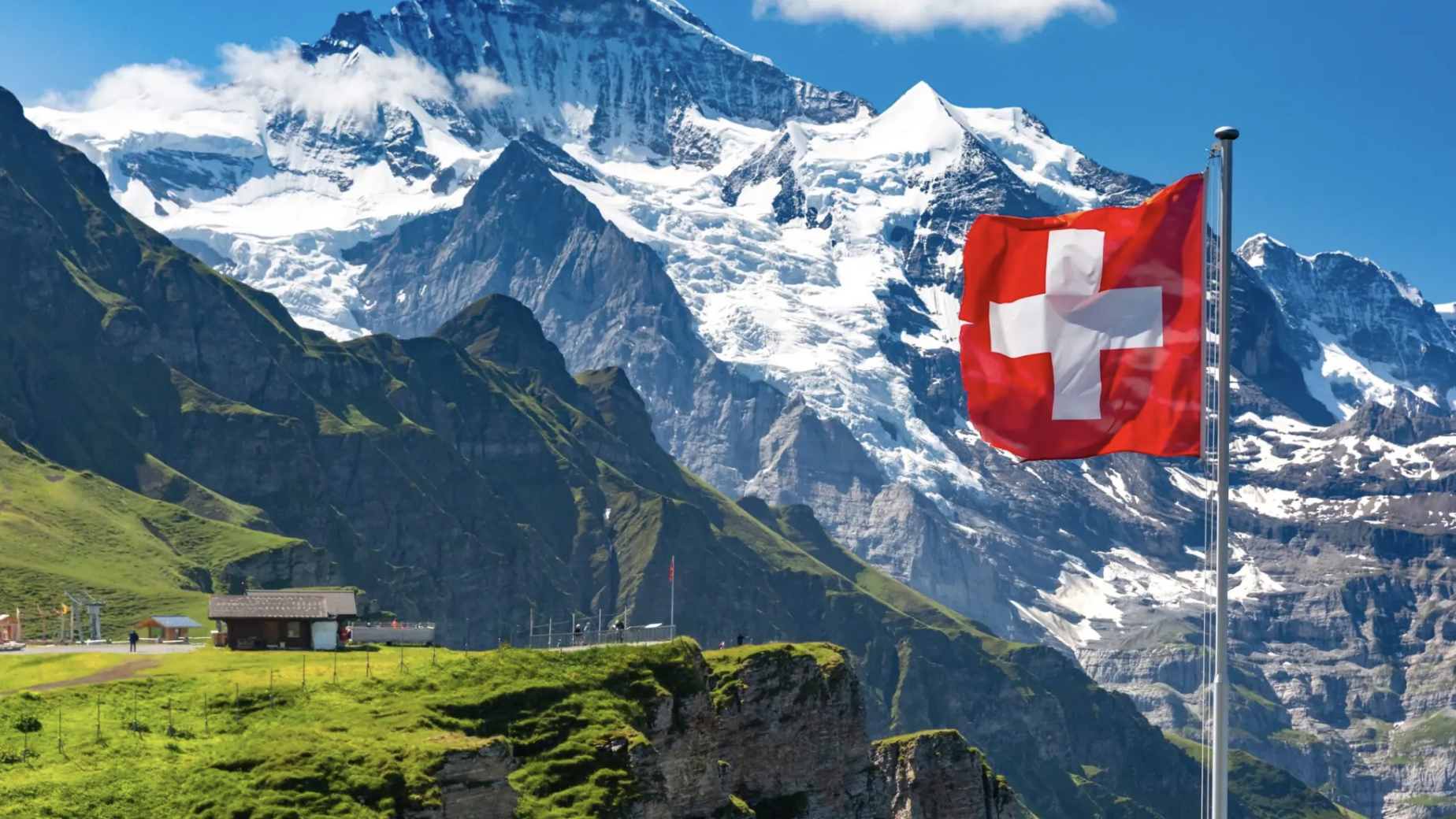5 PLACES TO VISIT IN PERU!

#1 Coricancha
Also known as Koricancha, is the most impressive example of how Inca and Hispanic cultures fused together. The remains of the ancient Peruvians' Sun Temple were used as foundations on which the Santo Domingo church and convent was built. The temple is a symbol of Western dominance. The site is a living example of the co-existence of Peru's past with European architecture.
The temple was built with finely carved stones. Inside the temple, the walls in the many chambers are covered by gold and silver leaf. The incredible size of the stones in the Inca walls, three of which have over 30 angles, are sure to capture all the attention. Also outstanding is a block that has 24 angles and 6 sides. The great Inca turret dominates the site and highlights one of the ceremonial niches with holes in low relief, which was related to the winter solstice. In the lower part of the temple, there are fountains and gardens where conquered tribes arrived to deliver their offerings.
The inner sanctum of the temple was reserved for the highest authorities of the epoch, and attracted people from communities all over the Empire who wanted to worship and pay tribute to the Tahuantinsuyo gods.
 #2 Sacsayhuamán
#2 Sacsayhuamán
The name Sacsaywaman or Sacsayhuamán is derived from two Quechua words: “Sacsay,” which means satiate and “wamán," which means hawk; together they mean “eat your fill, hawk.” This puzzling meaning is a reference to the fact that the birds were divine protectors of the Incas and the military battalions.
It is believed that around 20,000 men worked to cut and transport gigantic stones from Huaqoto and Rumiqolqa and build this ceremonial Inca fortress. Sacsayhuamán is an architectural work with megalithic walls made of stones than can weigh from 99 to 138 tons. The stones are different sizes and some have more than one hundred angles, each fitted and joined to the other with no mortar of any kind.

#3 Tambomachay
Tambomachay features fine architecture composed of platforms, niches, and fountains fed by spring water from higher ground. In Inca times it was a sacred place dedicated to water-worship, one of the temples situated on the Cusco "ceque" system—a set of imaginary lines that indicate the time and place of religious ceremonies.

#4 Machu Picchu
It forms part of the network of Inca trails (Qhapaq Ñan). This is one of the most famous trekking routes in South America. On the trek, hikers can see numerous ravines and waterways flowing from glaciers. Among the 12 archaeological sites that can be visited, the following really stand out: Qoriwachayrachina, Patallaqta, Runkuraqay, Sayacmarca, Phuyupatamarca, Intipunku, Intipata and Wiñayhuayna.

#5 Cuzco Cathedral
Construction occurred in two phases: first the Chapel of Triumph was built on what had been the ancient temple of Suntur Wasi (House of God); afterwards, the cathedral was erected on the palace of the Inca Wiracocha. The Renaissance style dominates the façade and the interior, which features particularly exquisite carvings in cedar and alder. The choir and the pulpit are both remarkable for their beauty. It houses an important collection of paintings from the Cuzco School and silver-embossed objects.
Interested to visit all of the above? 12FLY have just the package for you that visits these 5 wonderful places and more!
(Content and Images source: www.peru.travel/en-ca)

